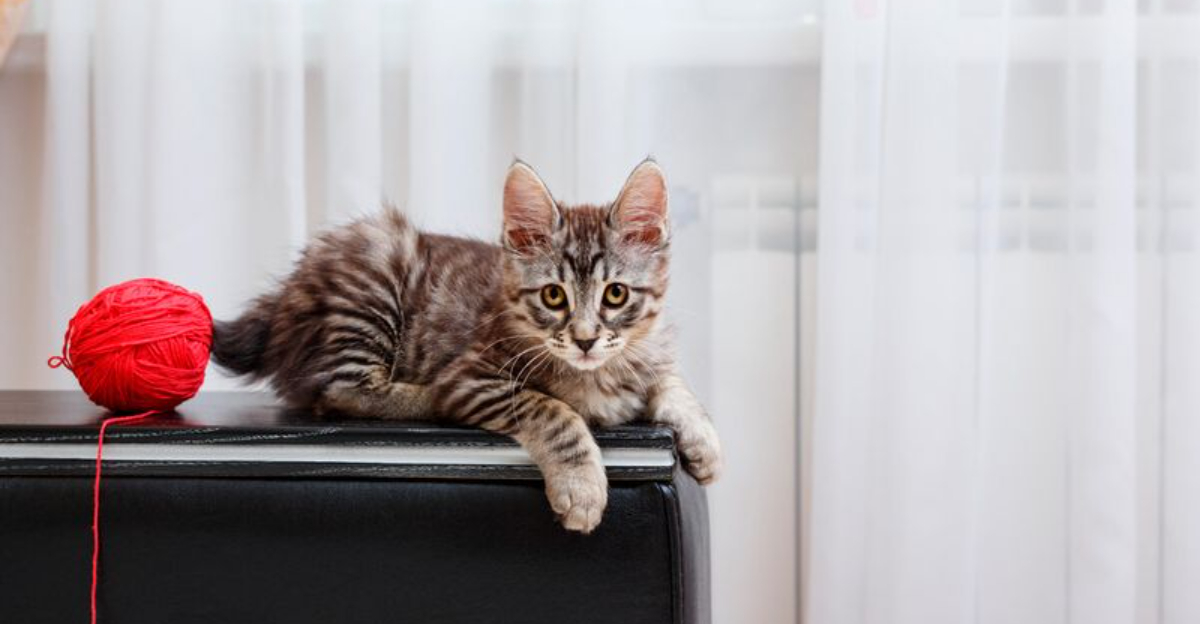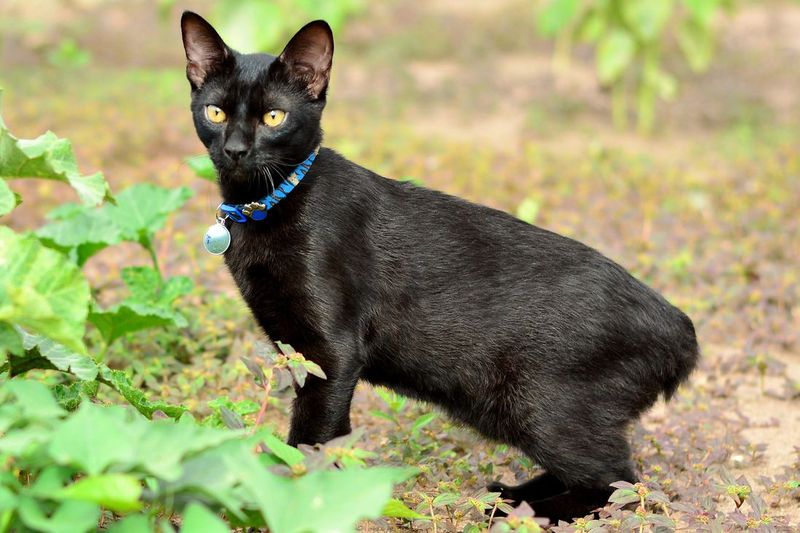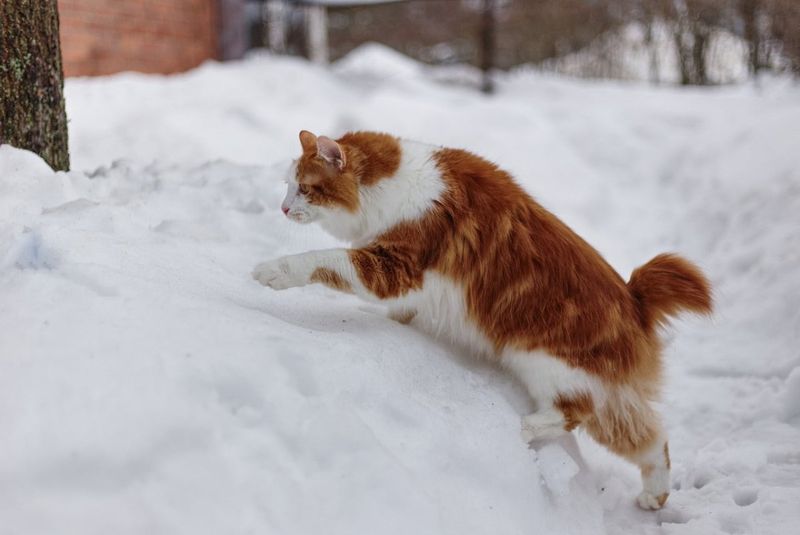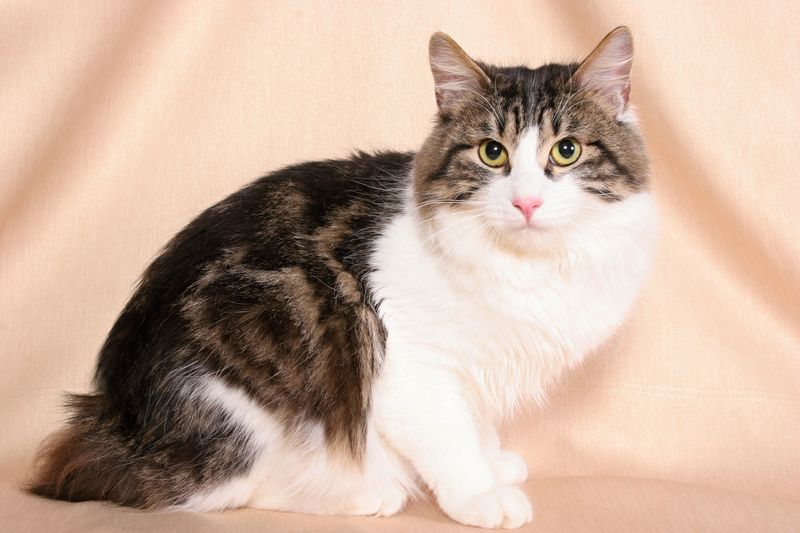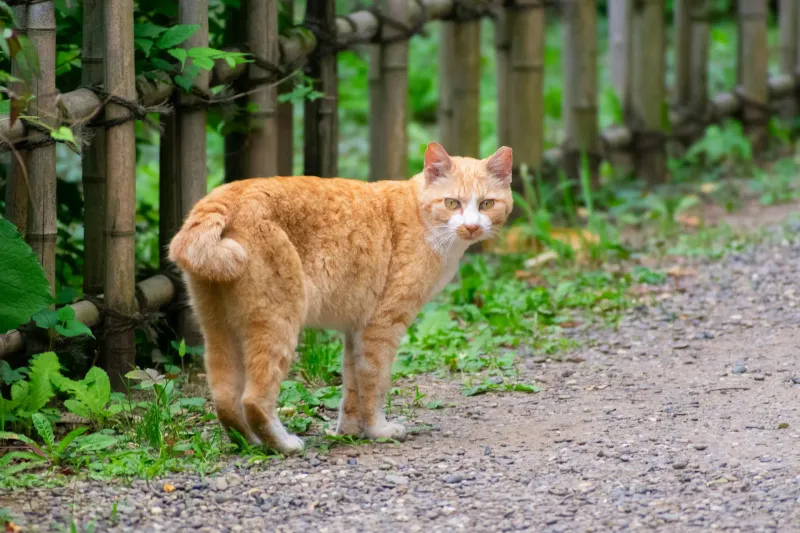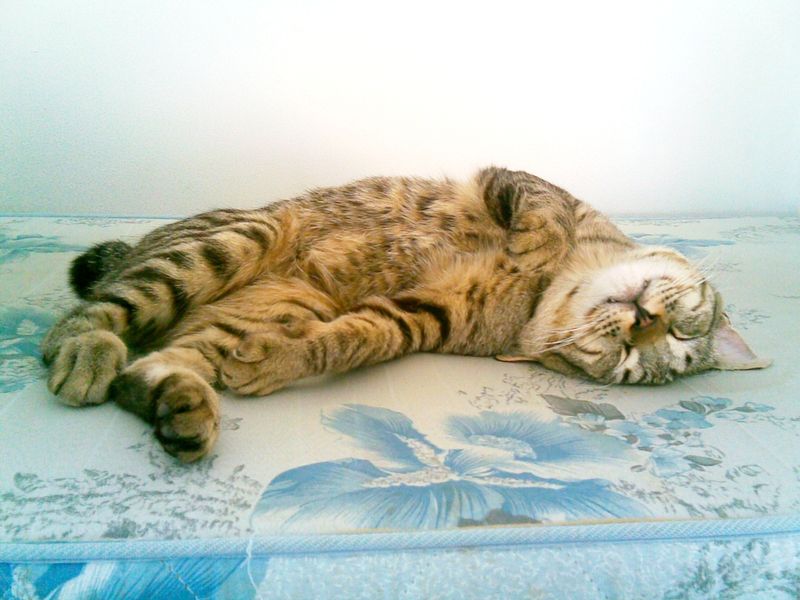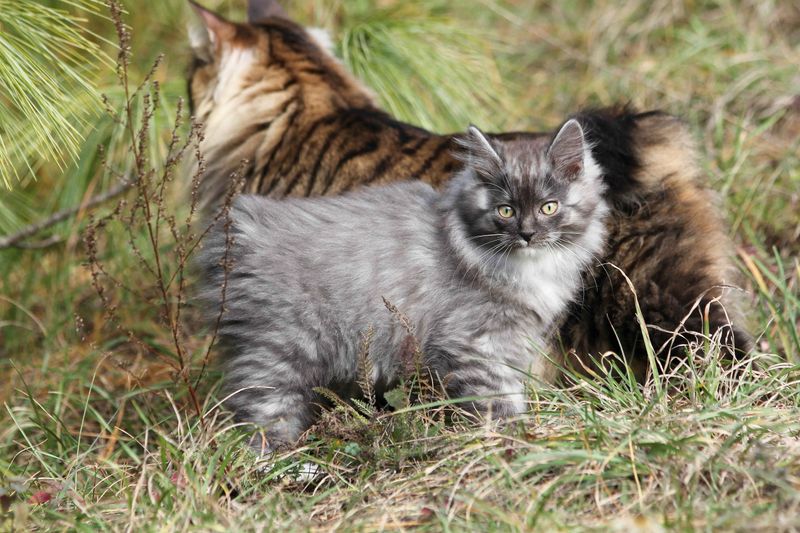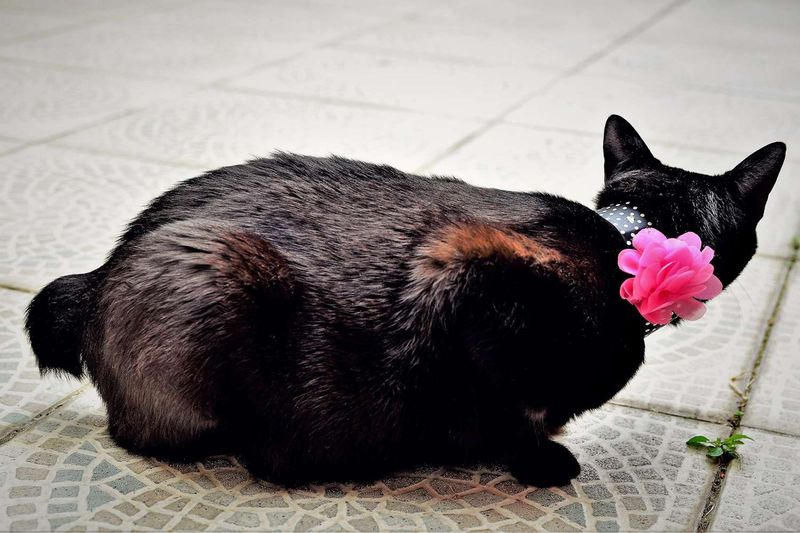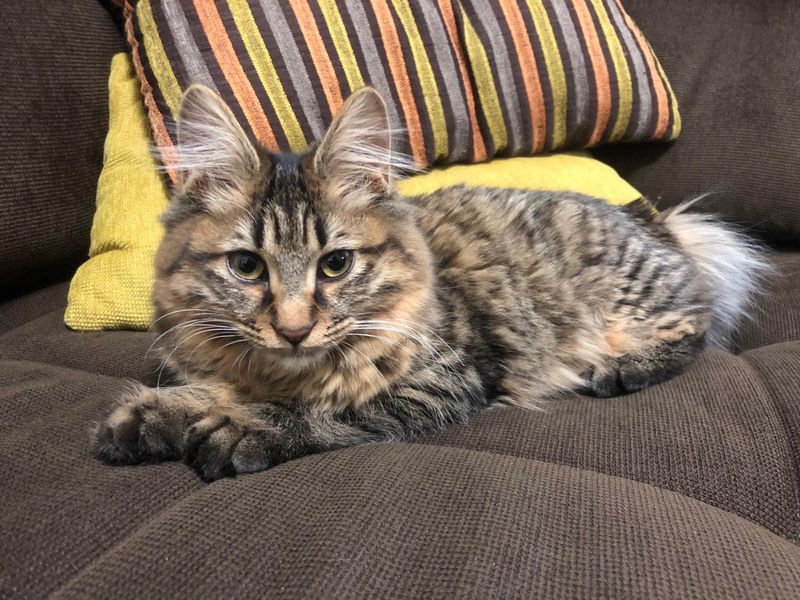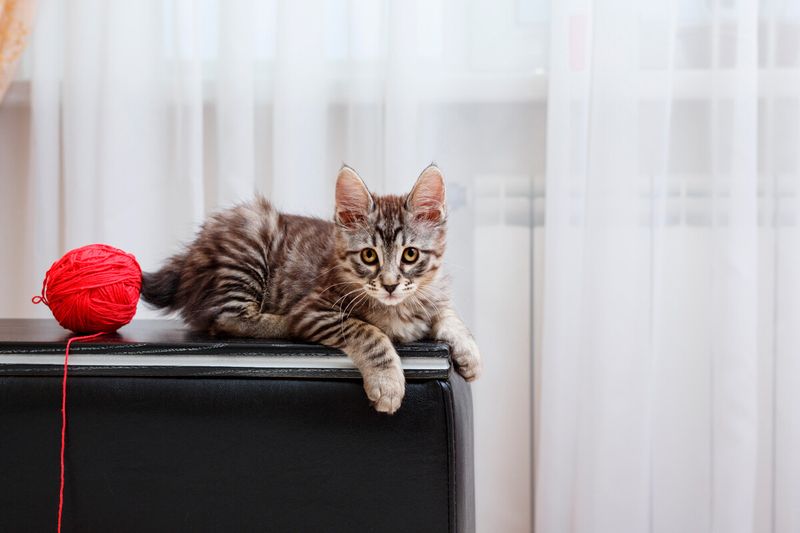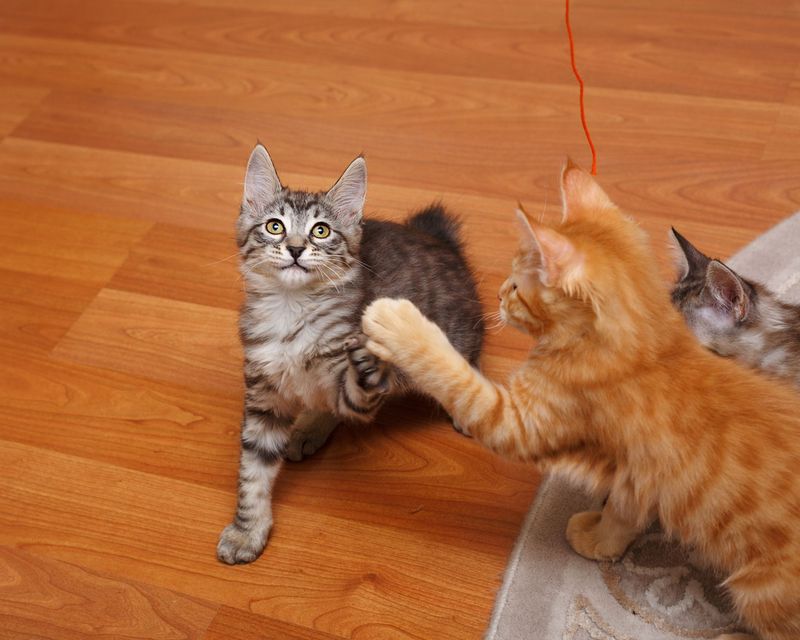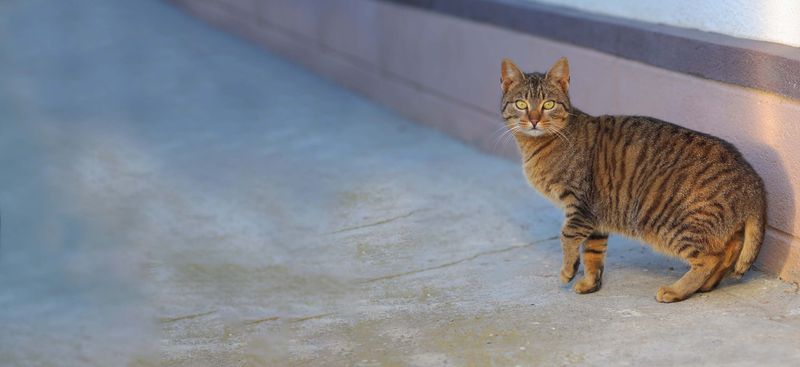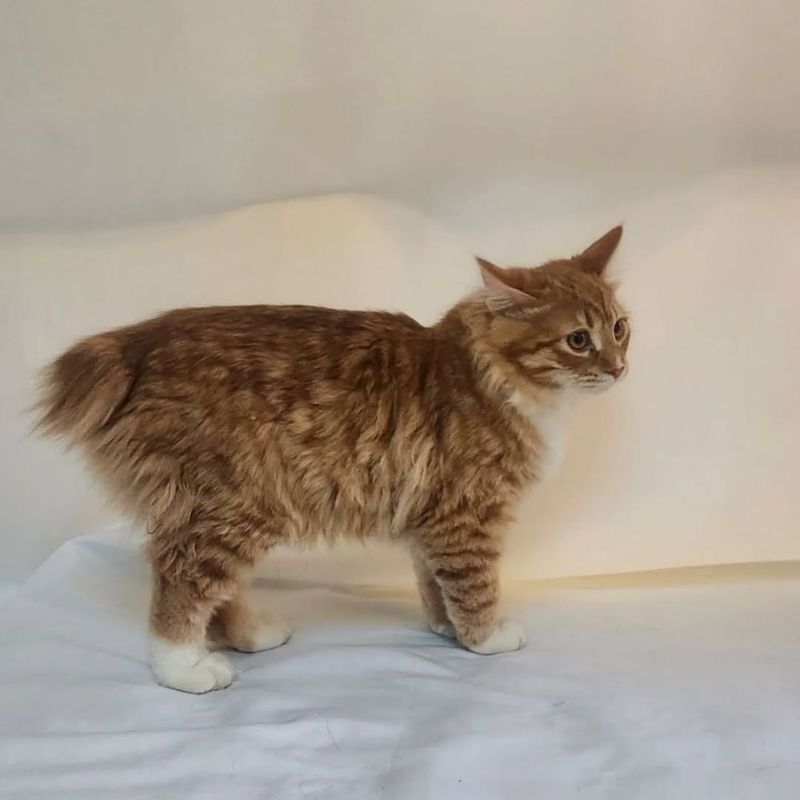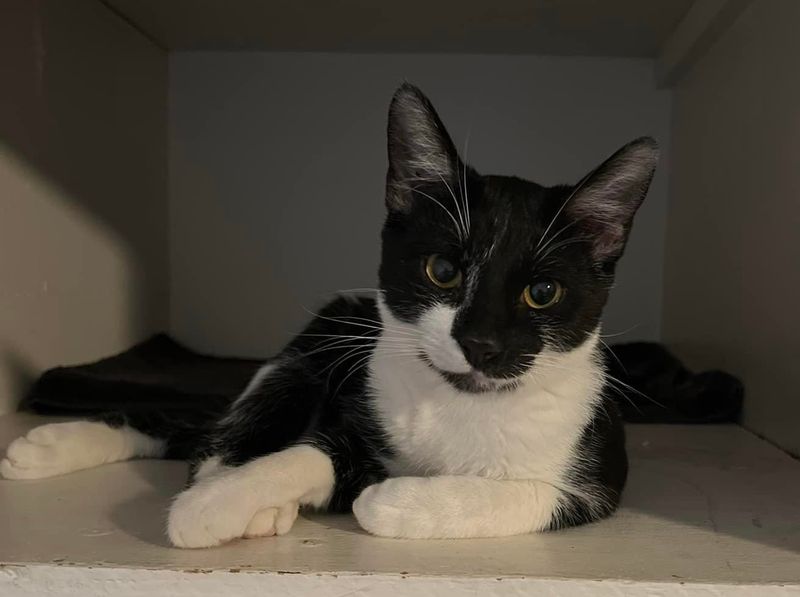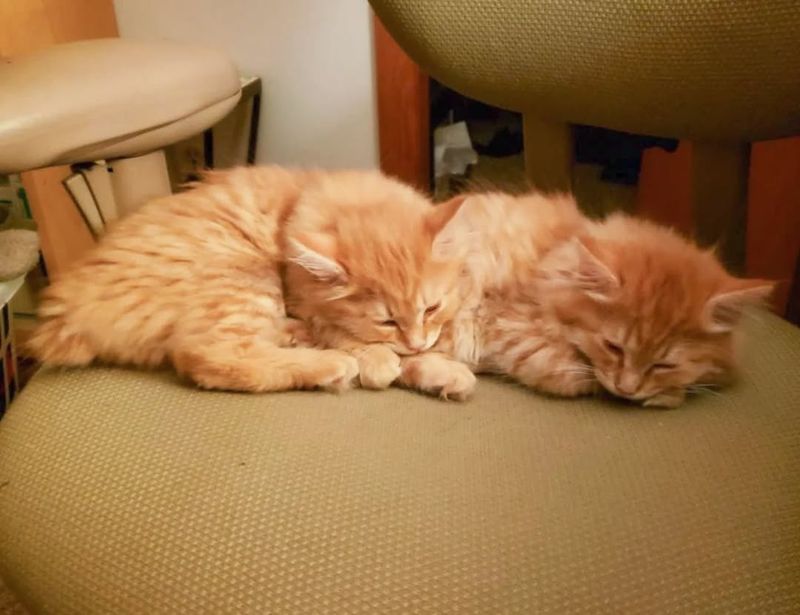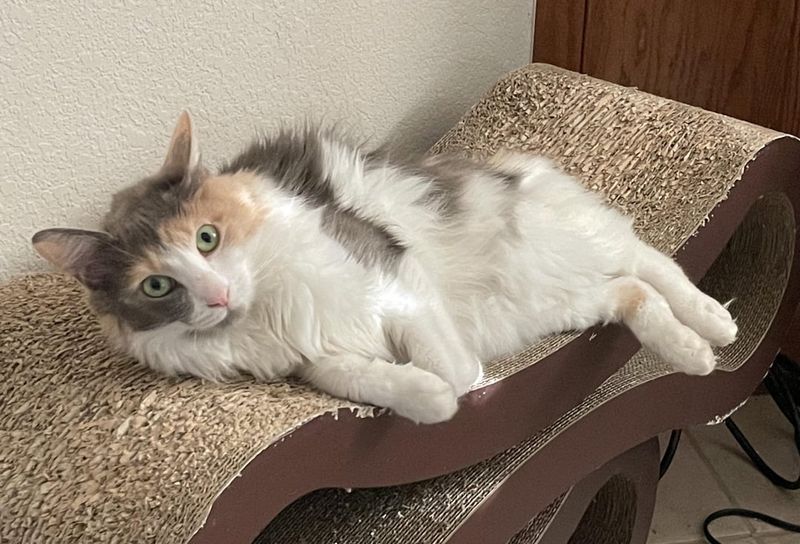📖 Table of Content:
- 1. Origins and Heritage
- 2. Tail Characteristics
- 3. Head Shape
- 4. Coat Texture
- 5. Color Patterns
- 6. Eye Shape and Expression
- 7. Body Build
- 8. Activity Level
- 9. Vocalization
- 10. Temperament
- 11. Hunting Instincts
- 12. Adaptability to Environment
- 13. Grooming Needs
- 14. Cultural Significance
- 15. Family Dynamics
Originating in the rich traditions of Japanese folklore and the wild landscapes of the Kuril Islands, these breeds carry a legacy of mystique and resilience. Their heritage is steeped in cultural symbolism and age-old tales, making them much more than ordinary cats. Each feline reflects a deep connection to its origins through its distinctive features and behaviors. Their stories, woven into the fabric of history, continue to captivate modern audiences.
Every breed communicates its narrative through a blend of unique physical characteristics and vibrant personalities. Their traits not only illustrate adaptability but also highlight the influence of their environments. These cats are living embodiments of cultural significance, with each one telling a different story. Observing them provides an intimate look at how nature and heritage can merge into one remarkable creature.
This engaging exploration dives into 15 distinct aspects that set these Bobtails apart, from the design of their tails to the nuances of their vocalizations. Each element offers a detailed perspective on their adaptability and charm. The investigation is both playful and informative, shedding light on the many layers that define these breeds. In doing so, it delivers a comprehensive understanding of what makes these Bobtails truly exceptional in the feline world.
1. Origins and Heritage
The Japanese Bobtail is entwined with centuries of Japanese lore, symbolizing luck and fortune. These cats are often depicted in art and stories, revered as symbols of prosperity. Meanwhile, the Kurilian Bobtail originates from the remote Kuril Islands, where their history is shaped by survival in harsh, cold climates. This rugged environment has influenced their robust nature and adaptability. Both breeds carry their heritage proudly, offering a contrast in historical narratives that is as intriguing as their physical characteristics. Their origins provide a glimpse into their unique temperaments and roles in their respective cultures.
2. Tail Characteristics
Distinctively, Japanese Bobtails are known for their short, kinked tails, which are considered a hallmark of the breed. These tails, often compared to the pom-poms of dancers, add to their graceful and unique appearance. In contrast, Kurilian Bobtails boast medium-length, bushy tails that hint at their rugged, outdoor origins. The bushiness of their tails is not just a visual trait but also functional, offering warmth and balance in their native environments. These tail differences are not merely aesthetic; they reflect the breeds’ respective adaptations to their environments and lifestyles.
3. Head Shape
Visually, the Japanese Bobtail stands out with a wedge-shaped head, giving it a sharp, defined look. This head shape is accentuated by a prominent chin, contributing to its striking profile. By contrast, the Kurilian Bobtail features a rounder head, which imparts a softer, more approachable appearance. This roundness creates a gentle look that complements its robust body. These differences in head shape not only affect their appearance but also influence how they are perceived, with the Japanese Bobtail exuding elegance and the Kurilian a sense of warmth and friendliness.
4. Coat Texture
Japanese Bobtails have a sleek, short coat that highlights their elegant and streamlined form. This coat type is not only aesthetically pleasing but also practical, requiring minimal grooming. On the other hand, Kurilian Bobtails possess a denser, semi-long coat that reflects their need for warmth and protection in colder climates. This coat type provides insulation and is more suited to outdoor adventures. The contrast in coat textures between the two breeds reflects their different environmental adaptations and grooming needs, offering insights into their lifestyles and care requirements.
5. Color Patterns
The beautifully defined markings play a crucial role in the Japanese Bobtail’s overall charm and appeal. These vivid patterns have also influenced various cultural portrayals. Their visual allure is a key element of the breed’s identity and a reason for its popularity. In contrast, Kurilian Bobtails display an expansive range of colors and patterns that emphasize their genetic diversity. They offer a broader spectrum of aesthetic expression, allowing each individual to showcase a unique blend of hues. This variety is a testament to the rich genetic tapestry that defines the breed. Their diverse appearance highlights not only visual appeal but also the evolutionary influences that have shaped them.
6. Eye Shape and Expression
Enchantingly, the Japanese Bobtail is characterized by its almond-shaped eyes, which exude a lively sparkle and intelligence. These eyes contribute to their overall elegant appearance and are often considered windows to their playful and curious nature. In contrast, the Kurilian Bobtail displays larger, rounder eyes, which give it an alert and expressive look, conveying warmth and attentiveness. The difference in eye shapes between these two breeds influences not only their appearance but also how they interact with their human companions, adding to their distinct personalities and charm.
7. Body Build
Physically, the Japanese Bobtail is known for its lean and graceful build, reflecting its agile and active lifestyle. This slender body type enables them to perform acrobatic feats with ease, captivating those who watch them play. In contrast, the Kurilian Bobtail boasts a sturdier, more muscular build, indicative of its robust nature and ability to thrive in demanding environments. This physical strength allows them to engage in more vigorous outdoor activities. The differences in body build between these two breeds underscore their distinct lifestyles and the environments in which they flourish.
8. Activity Level
When talking about energy, Japanese Bobtails are renowned for their acrobatic antics, displaying a high level of activity and playfulness that delights their owners. Their love for jumping and climbing is a testament to their agile and lively nature. Meanwhile, Kurilian Bobtails often exhibit a robust, outdoor spirit in their play, reflecting their adventurous origins. They are equally playful but tend to engage in more exploratory and physical activities. These contrasts in activity levels between the two breeds highlight their unique personalities and the types of environments in which they best thrive, whether indoors or outdoors.
9. Vocalization
Chirps and trills are the vocal signatures of Japanese Bobtails, who use these sounds to communicate with their owners, adding a layer of charisma to their interactions. Their distinctive vocalizations make them engaging companions, capable of expressing a wide range of emotions. On the other hand, Kurilian Bobtails usually have a softer, more reserved vocal style, communicating more subtly with their human companions. This gentler approach to vocalization complements their affectionate but independent nature. The differences in vocal styles between these two breeds offer insights into their communication methods and bonding experiences with humans.
10. Temperament
Charming yet mischievous, Japanese Bobtails are known for their social and engaging nature. They thrive on interaction and enjoy being the center of attention in household activities. Their playful antics and friendly demeanor make them delightful companions. Conversely, Kurilian Bobtails balance their independence with moments of affectionate loyalty, often forming strong bonds with their human families. They appreciate companionship but also value their solitude. This balance between independence and affection in Kurilian Bobtails offers a different dynamic in pet ownership compared to the more socially demanding Japanese Bobtails, highlighting their unique temperamental traits.
11. Hunting Instincts
Kurilian Bobtails have a stronger hunting instinct, adapted to a life that demands self-reliance in their native rugged environments. This instinct makes them excellent at exploring and catching prey, reflecting their survival skills. In contrast, the more domestically inclined Japanese Bobtail may display less intense hunting behaviors, focusing more on playful interactions rather than survival-based activities. These differences in hunting instincts highlight the varying levels of self-reliance and adaptability between the breeds, with Kurilian Bobtails being more attuned to outdoor explorations and Japanese Bobtails preferring indoor play.
12. Adaptability to Environment
Adaptability is a key trait of both breeds, yet Japanese Bobtails excel in indoor, urban settings, where their playful and interactive nature can shine. They adapt well to apartment living and enjoy engaging with their human families in close-knit environments. Meanwhile, Kurilian Bobtails are well-equipped for both indoor comfort and outdoor adventures, reflecting their adaptable and versatile nature. Their ability to transition between different settings makes them ideal for families who enjoy a mix of indoor and outdoor activities. The adaptability differences between these breeds highlight their flexibility and suitability for various lifestyles.
13. Grooming Needs
These requirements differ notably between these two breeds. Japanese Bobtails, with their short, sleek coats, require minimal grooming, making them an excellent choice for those seeking low-maintenance pets. Their coats are easy to care for, needing only occasional brushing to maintain their elegance. On the other hand, the thicker fur of the Kurilian Bobtail may need more regular upkeep, requiring diligent brushing to prevent matting and to keep their coat healthy and shiny. These grooming needs reflect the practical considerations of owning each breed and their compatibility with different lifestyles and grooming preferences.
14. Cultural Significance
Culturally, the Japanese Bobtail holds a significant place as a symbol of good fortune, often seen in traditional Japanese art and folklore. Their presence is believed to bring prosperity and happiness, making them beloved companions in their native land. In contrast, the Kurilian Bobtail is celebrated for its resilience and adaptability, traits that have been honed over generations in challenging climates. These qualities make them admired for their survival skills and independent spirit. The cultural significance of each breed highlights their roles in society and the values they embody, offering deeper insights into their historical and social impact.
15. Family Dynamics
The interactive personality of a Japanese Bobtail makes them a natural fit for lively households. This sociable disposition ensures that they consistently bring energy and warmth to the home. In contrast, Kurilian Bobtails, while affectionate, possess a marked streak of independence. They often form deep bonds with select family members, yet they also value their solitary moments. This balanced mix of affection and autonomy means they are equally happy engaging with their loved ones or entertaining themselves. Their temperament is ideal for families that appreciate both companionship and a pet capable of self-sufficient play.
